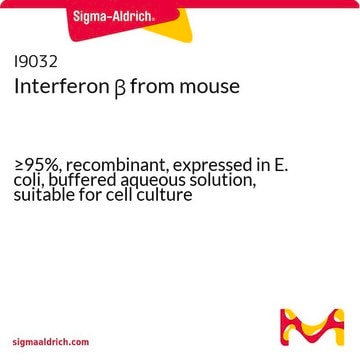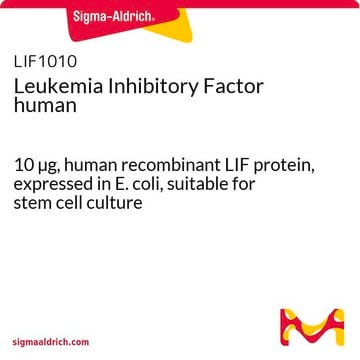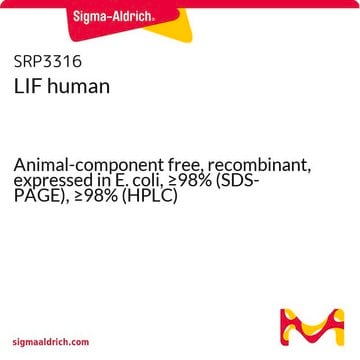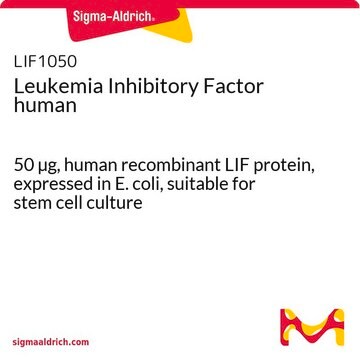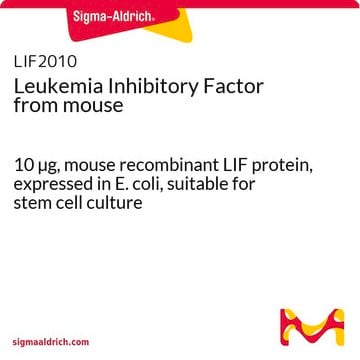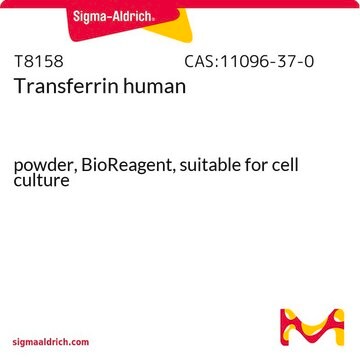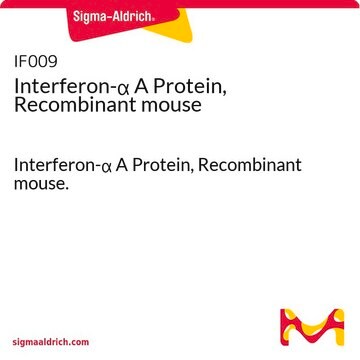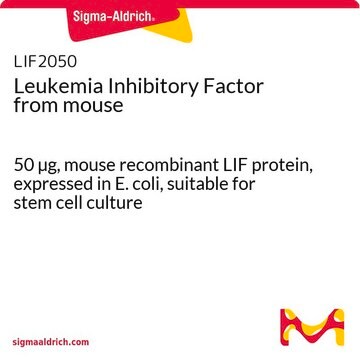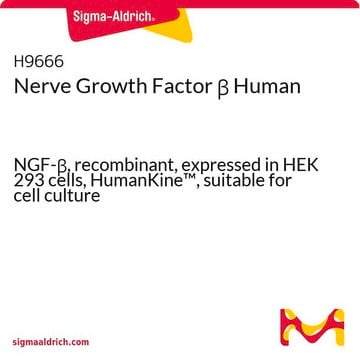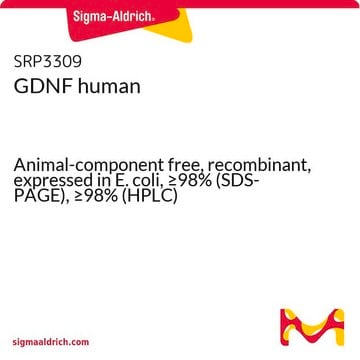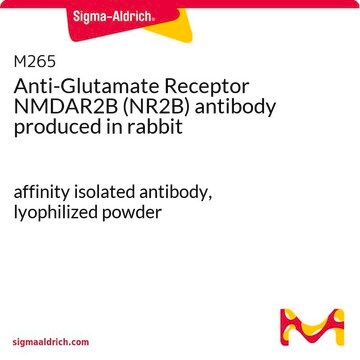Kluczowe dokumenty
L5283
Leukemia Inhibitory Factor human
≥95% (SDS-PAGE), recombinant, expressed in E. coli, buffered aqueous solution, suitable for cell culture
Synonim(y):
Human LIF, Human Leukemia Inhibitory Factor, hLIF, LIF, rLIF
Wybierz wielkość
2390,00 zł
Wybierz wielkość
About This Item
2390,00 zł
Polecane produkty
Nazwa produktu
Leukemia Inhibitory Factor human, LIF, recombinant, expressed in E. coli, 10 μg/ml, buffered aqueous solution (pH 7.4), suitable for cell culture
rekombinowane
expressed in E. coli
Poziom jakości
Próba
≥95% (SDS-PAGE)
Formularz
buffered aqueous solution (pH 7.4)
siła działania
0.1-1.5 ng/mL ED50/EC50
jakość
endotoxin tested
metody
cell culture | mammalian: suitable
temp. przechowywania
2-8°C
Szukasz podobnych produktów? Odwiedź Przewodnik dotyczący porównywania produktów
Powiązane kategorie
Działania biochem./fizjol.
Postać fizyczna
Komentarz do analizy
Informacje prawne
Kod klasy składowania
11 - Combustible Solids
Klasa zagrożenia wodnego (WGK)
WGK 3
Temperatura zapłonu (°F)
Not applicable
Temperatura zapłonu (°C)
Not applicable
Środki ochrony indywidualnej
Eyeshields, Gloves, type N95 (US)
Wybierz jedną z najnowszych wersji:
Certyfikaty analizy (CoA)
Nie widzisz odpowiedniej wersji?
Jeśli potrzebujesz konkretnej wersji, możesz wyszukać konkretny certyfikat według numeru partii lub serii.
Masz już ten produkt?
Dokumenty związane z niedawno zakupionymi produktami zostały zamieszczone w Bibliotece dokumentów.
Klienci oglądali również te produkty
Produkty
Leukemia Inhibitory Factor (LIF) is a stem cell growth factor used for the in vitro culture of pluripotent mouse embryonic stem cells (ES cells).
Czynnik hamujący białaczkę (LIF) jest czynnikiem wzrostu komórek macierzystych stosowanym do hodowli in vitro pluripotencjalnych mysich embrionalnych komórek macierzystych (komórek ES).
Naive pluripotent stem cells cultured in vitro using specialized media and inhibitors mimic "ground-state" cells from blastocysts.
Active Filters
Nasz zespół naukowców ma doświadczenie we wszystkich obszarach badań, w tym w naukach przyrodniczych, materiałoznawstwie, syntezie chemicznej, chromatografii, analityce i wielu innych dziedzinach.
Skontaktuj się z zespołem ds. pomocy technicznej